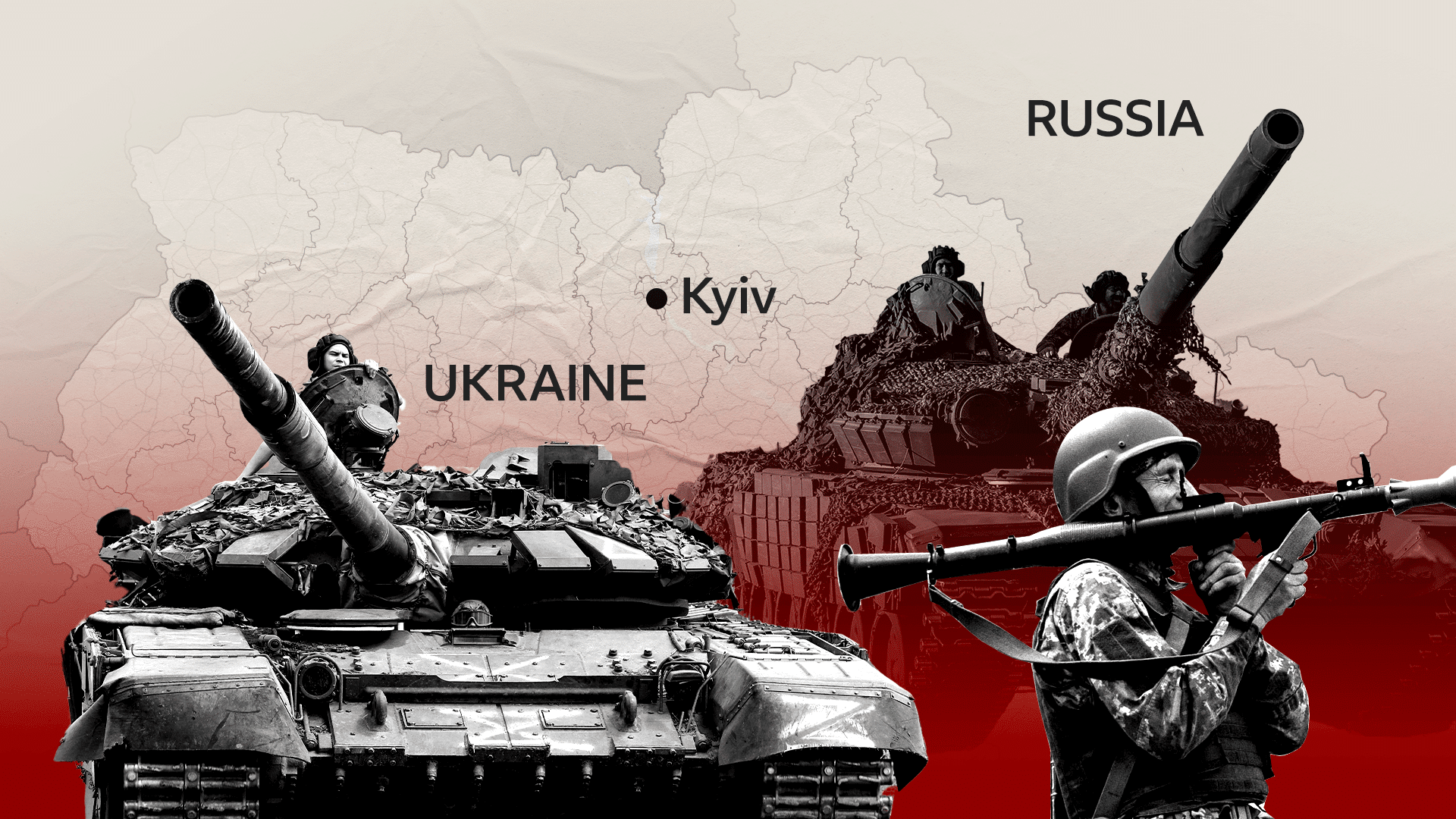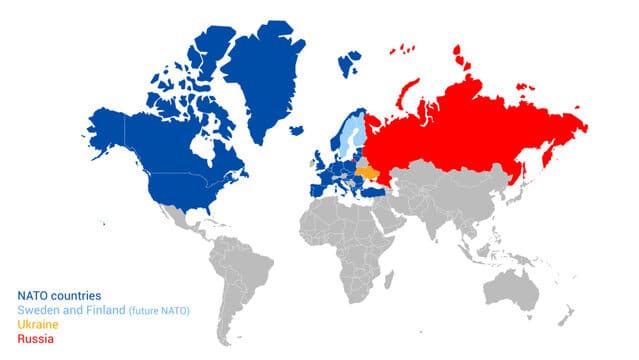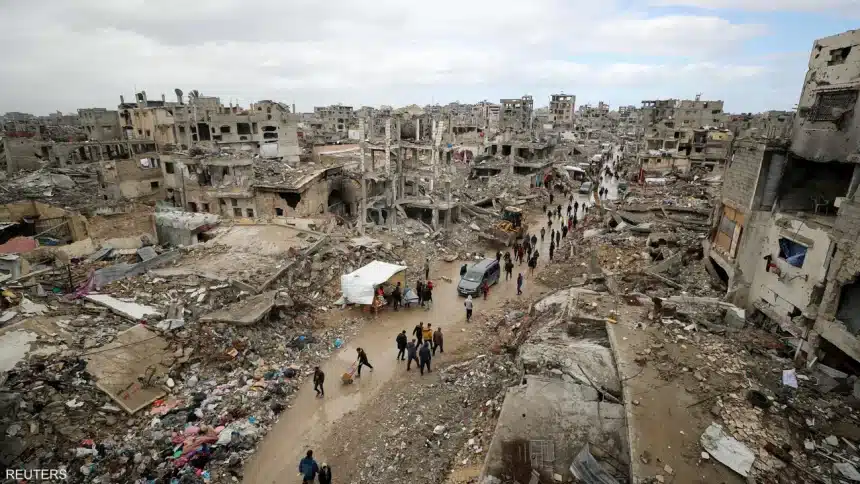Ukraine Endgame: What Each Side Wants from a Peace Deal

The ongoing conflict in Ukraine remains a focal point of global attention, with recent developments sparking discussions about potential peace negotiations. Here’s a breakdown of the key facts about what each side seeks in a potential peace deal.
Territorial Control

Ukraine has demanded the full withdrawal of Russian troops from its territory, including Crimea, Donetsk, and Luhansk, which were annexed or occupied by Russia in 2014. President Volodymyr Zelensky has stated that Ukraine will never recognize these territories as Russian. Recently, Zelensky suggested a territorial swap, exchanging Russian-held Ukrainian land for areas Ukraine has seized in Russia’s Kursk region. However, the Kremlin rejected this idea outright.
Russia has formally annexed four regions in eastern and southern Ukraine (Donetsk, Luhansk, Zaporizhzhia, and Kherson) and insists on their recognition as Russian territory, despite not fully controlling these areas. While Western nations initially supported Ukraine’s demand for a return to pre-2014 borders, U.S. Defense Secretary Pete Hegseth recently called this goal “unrealistic,” suggesting it could prolong the war.
NATO Membership

Ukraine views NATO membership as essential for its long-term security, arguing that the alliance’s collective defense clause would deter future Russian aggression. Zelensky has stated that joining NATO would be “the cheapest option” for ensuring stability in Europe. However, Russia opposes Ukraine’s potential NATO membership, viewing it as a direct threat to its national security.
While NATO members like the U.K. have expressed support for Ukraine’s eventual membership, the U.S. has downplayed the likelihood of this outcome in any peace deal. This shift has raised questions about the strength of Western commitments to Ukraine’s security.
Security Guarantees
Zelensky has outlined a comprehensive security plan, including NATO membership, joint U.S.-EU protection of critical natural resources, and a non-nuclear strategic deterrent package deployed on Ukrainian soil. He has also stressed that security guarantees without U.S. involvement would be ineffective.
Moscow, on the other hand, seeks assurances that Ukraine will remain neutral and not join NATO or host Western military bases. The U.S. has ruled out deploying troops to Ukraine but has hinted at providing air defense systems, such as Patriot missiles, to a potential peacekeeping force. European leaders remain cautious, fearing that any deal perceived as capitulating to Russia could set a dangerous precedent.
The Role of International Mediators
President Trump’s recent engagement with Putin has raised hopes for a negotiated settlement. However, Zelensky has expressed skepticism, stating that previous discussions with Trump were insufficient to form a concrete peace plan. European leaders, including French President Emmanuel Macron, have warned against any peace deal that compromises Ukraine’s sovereignty. Macron emphasized that capitulating to Russia’s demands would end “badly for everyone.”
Beyond territorial and security issues, any peace deal must address the humanitarian crisis caused by the war, including the displacement of millions of Ukrainians. Rebuilding Ukraine’s economy and infrastructure will require significant international support.
The Path Forward
The stark differences between Ukraine’s and Russia’s demands, coupled with shifting Western stances, make a comprehensive peace deal difficult to achieve. Trust between the parties remains low, and both sides are deeply entrenched in their positions. While a full return to pre-2014 borders seems unlikely, a negotiated settlement could involve partial territorial concessions, security guarantees for Ukraine, and measures to address Russia’s concerns about NATO expansion.
Continued international pressure, including sanctions and diplomatic isolation, may be necessary to bring Russia to the negotiating table. At the same time, Western allies must remain united in their support for Ukraine’s sovereignty and territorial integrity.


